Wednesday, October 07, 2015
Emergency Preparedness and Cross Band Repeat
 Cross band repeat is implemented using a dual band cross band repeat capable mobile transceiver, and a dual band HT. The repeater receives signals on one amateur radio band (for example 70 cm) and retransmits those signals on a second amateur band (2 meters). Thus the name "Cross Band Repeat."
Cross band repeat is implemented using a dual band cross band repeat capable mobile transceiver, and a dual band HT. The repeater receives signals on one amateur radio band (for example 70 cm) and retransmits those signals on a second amateur band (2 meters). Thus the name "Cross Band Repeat." The purpose of a cross band repeat system in your mobile is the same as any radio repeater. It allows stations to communicate that ordinarily would not be able to do so because of the distance to a repeater, or possibly because you are located in a reinforced concrete and steel building, where your VHF HT is not capable of reaching a distant repeater.
In situation's such as these, cross band repeat comes into its own.
It should be noted that UHF is a better choice when used indoors, as though UHF signals don't travel quite as far outdoors as VHF signals, they do a better job of penetrating wood, steel, and concrete, giving you better range and performance in urban environments and around buildings. This is why the majority of police services, emergency services, and others, all use UHF HT's.
There are various different types or modes of cross band repeat. The one that I use the most, is "Full Duplex Cross Band Repeat" where you set the repeater frequency on the main band of your radio, using the required repeater offset and CTCSS tones required. You set the UHF simplex frequency on the sub band with the CTCSS tone that you choose, keeping unwanted transmissions from other radio's that may be using the same UHF simplex frequency, and activate cross band repeat on the transceiver, in my case that being my Kenwood D710. On the HT that I will use for cross banding with my Kenwood D710, I set the UHF simplex frequency in place with the matching CTCSS tone.
 Be aware that duplex cross band repeat puts a heavy load on your mobile transceiver, and you should use the least amount of power required to reach the distant repeater you are working through.
Be aware that duplex cross band repeat puts a heavy load on your mobile transceiver, and you should use the least amount of power required to reach the distant repeater you are working through.Also be aware that if you are in a situation, such as a emergency operation where you will be cross banding for some time, and the situation may be that a number of HT's are utilizing the same mobile for cross banding, you will need to have extra battery reserves for your mobile, If you only have the single main battery in your mobile, I recommend that you have a extra power source such as the powerpack that I built some time ago for purposes such as this.
This powerpack may be temporarily attached to the main battery in your mobile, adding the required reserves needed for a extended cross band operation. There is more information on this powerpack, both in describing and building a similar one for yourself, located in my VE6AB ham radio gallery.
 Another backup that I have installed in my mobile, that lends itself well to extended radio operations, is a remote starting device, that allows me to start my mobile from some distance, for example if you were situated some distance from your mobile, and were not in a position to get back to it to start the mobile, allowing the batteries to be recharged. With remote starting capability, you may start the vehicle after hours of cross banding, allowing for the batteries, both the main battery, and the powerpack to be recharged.
Another backup that I have installed in my mobile, that lends itself well to extended radio operations, is a remote starting device, that allows me to start my mobile from some distance, for example if you were situated some distance from your mobile, and were not in a position to get back to it to start the mobile, allowing the batteries to be recharged. With remote starting capability, you may start the vehicle after hours of cross banding, allowing for the batteries, both the main battery, and the powerpack to be recharged.
I also recommend a bidirectional remote start device, as this allows you to monitor the status of your mobile, including the battery levels, and how long you have been charging the batteries.
Another form of cross band repeat that I also use is "Half Duplex Cross Band Repeat", or what  Kenwood calls "Locked Band" mode, and be aware that not all cross band capable transceivers may have this capability. This is where you set the repeater input frequency as simplex on the main band of your transceiver. Then you set the UHF simplex frequency with CTCSS on the sub band, and activate cross band repeat. The dual band HT is set up as used for full duplex cross band repeat, but the difference is that the dual band HT will receive directly from the repeater on VHF, but transmit on UHF to the cross band repeat mobile. The advantage to operating half duplex while cross banding, is the lower duty cycle required for the mobile transceiver being used for cross banding. The transceiver set in half duplex, is not retransmitting the received transmissions from the repeater via UHF, allowing for the transceiver to not work as hard, and also allowing for less draw on the vehicle battery.
Kenwood calls "Locked Band" mode, and be aware that not all cross band capable transceivers may have this capability. This is where you set the repeater input frequency as simplex on the main band of your transceiver. Then you set the UHF simplex frequency with CTCSS on the sub band, and activate cross band repeat. The dual band HT is set up as used for full duplex cross band repeat, but the difference is that the dual band HT will receive directly from the repeater on VHF, but transmit on UHF to the cross band repeat mobile. The advantage to operating half duplex while cross banding, is the lower duty cycle required for the mobile transceiver being used for cross banding. The transceiver set in half duplex, is not retransmitting the received transmissions from the repeater via UHF, allowing for the transceiver to not work as hard, and also allowing for less draw on the vehicle battery.When operating in "Half Duplex Cross Band Repeat" this requirement is met, without the transceiver having to ID automatically every 10 minutes as required while set up in "Full Duplex Cross Band Repeat Mode".
I believe that I have provided a understanding as to how to best utilize "Cross Band Repeat" to your advantage, but do contact me through email if you have questions.
Note...all photos expand
Visit my website for more info on Emergency Preparedness described in my VE6AB galleries
www.jerryclement.ca





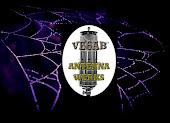



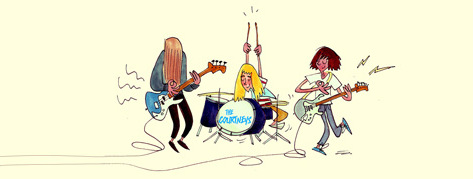


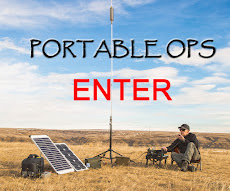
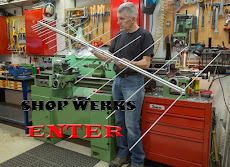
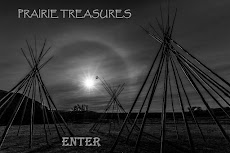





No comments yet